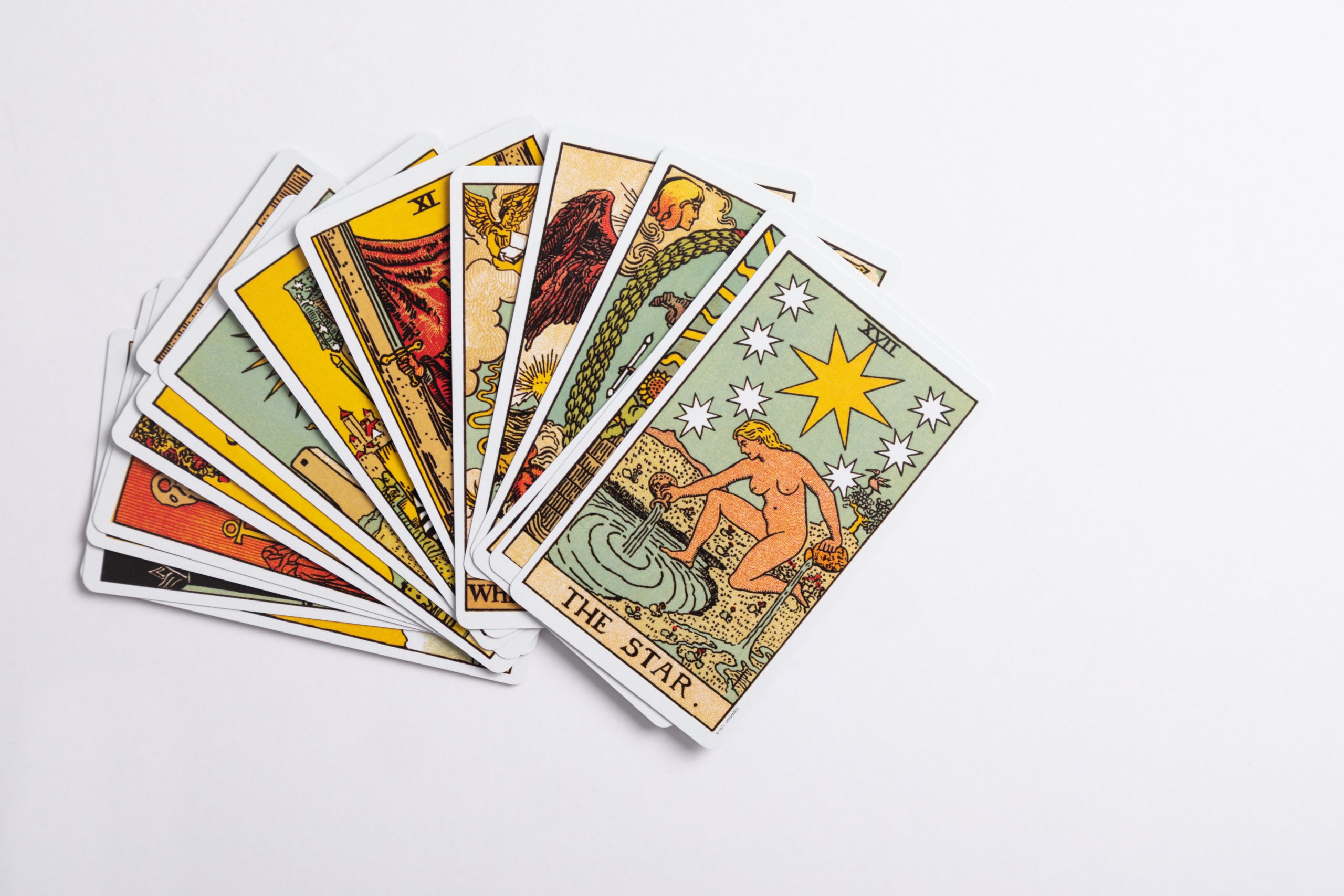The Art of Zenga: Discovering Zen Buddhism Through Inkwash Painting
Zen Buddhism is a philosophy and practice that has captivated individuals around the world for centuries. Its emphasis on mindfulness, meditation, and self-realization has provided a profound source of inspiration for many. While Zen is commonly associated with seated meditation, there are numerous artistic expressions that have developed within the realm of Zen Buddhism. One such art form is Zenga, a practice where Zen is seamlessly combined with the art of inkwash painting.
Understanding Zenga and its Origins
Zenga, also known as Zen painting or Zen calligraphy, emerged in Japan during the Kamakura period (1185-1333) and flourished during the Muromachi period (1336-1573). The word “Zenga” consists of two characters: “Zen” (禅) representing the Buddhist school of Zen and “ga” (画) which translates to painting or picture. Zenga embodies the essence of Zen Buddhism by capturing a sense of spontaneity, presence, and interconnectedness of all things.
Unlike traditional paintings, Zenga is not characterized by highly refined techniques or meticulous attention to detail. Instead, it focuses on capturing the essence of a subject through minimalistic strokes. The use of inkwash, also known as sumi-e, further enhances the simplicity and depth of the artwork.
The Zen Aesthetic in Zenga
Zenga paintings are often black and white, reflecting the Zen philosophy of non-dualism, where opposites such as light and dark, emptiness and form, are seen as interconnected and complementary. This simplicity allows the viewer to focus on the energy and dynamic movement within the painting.
| Key Characteristics of Zenga |
|---|
| Simplicity |
| Spontaneity |
| Energy |
| Minimalism |
| Unfinishedness |
| Imperfection |
| Expressive brushwork |
These characteristics reflect the Zen teachings that encourage practitioners to let go of attachments and expectations, embracing the present moment with a sense of authenticity.
The Process of Creating Zenga
The creation of Zenga is deeply rooted in the Zen practice of mindfulness and being in the present moment. The act of painting becomes a form of meditation, where the artist channels their inner state of mind onto the paper.
The process typically involves the following steps:
- Preparing the materials: The artist gathers their ink, brushes, and paper, preparing for the journey ahead.
- Setting the intention: Before beginning, the artist cultivates a state of mindfulness, bringing their attention to the present moment.
- Creating spontaneity: With a focused mind, the artist allows their brush to move freely, responding intuitively to the empty space.
- Embracing imperfection: Unlike other art forms, Zenga celebrates imperfections as a reflection of the impermanence and unpredictability of life.
- Contemplation: After completing the artwork, the artist spends time reflecting on the piece, finding meaning and insight in their creation.
This process not only cultivates a sense of mindfulness and presence in the artist but also invites the viewer to experience the same state of awareness when engaging with the artwork.
The Symbolism and Themes in Zenga
Zenga paintings often depict natural elements such as mountains, rivers, birds, and bamboo. These subjects hold symbolic meanings within the context of Zen Buddhism:
- Mountains: Symbolize stability, wisdom, and the unchanging nature of enlightenment.
- Water: Represents the fluidity of existence and the constant flow of life.
- Bamboo: Portrays resilience, flexibility, and the ability to adapt to changing circumstances.
- Birds: Symbolize freedom, transcendence, and the ability to soar beyond the confines of the ego.
These symbols serve as reminders of the profound teachings of Zen Buddhism and encourage contemplation on the interconnectedness between human existence and the natural world.
Interpreting Zenga: A Personal Journey
The beauty of Zenga lies in its openness to interpretation. Each viewer can engage with the artwork in their unique way, finding personal meanings and insights.
Some may find solace in the sense of stillness and presence captured within a Zenga painting, while others may be moved by the energetic brushwork and the spontaneous expression of the artist’s mind in the present moment.
Zenga provides a space for contemplation, inviting the viewer to reflect on the transient nature of life, the impermanence of all things, and the interconnectedness of all beings.
Embracing Zen Spirituality Through Zenga
Zenga is not solely intended for the skilled artist but can be practiced by anyone as a form of meditation and self-expression. Engaging in Zenga allows individuals to embrace the Zen spirit and cultivate a deeper understanding of Zen principles in their own lives.
Whether it be the act of creating a simple brushstroke, appreciating the depths of a Zenga painting, or contemplating the teachings it embodies, the practice of Zenga offers a doorway to the wisdom and presence of Zen Buddhism.
Conclusion
Zenga, the art of Zen inkwash painting, encapsulates the essence of Zen Buddhism through its simplicity, spontaneity, and expressive brushwork. Rooted in mindfulness, Zenga allows artists and viewers alike to immerse themselves in the present moment, cultivating a deeper understanding of the interconnectedness between art, nature, and the self. Through its symbols and open interpretation, Zenga offers a personalized journey into Zen spirituality, inviting individuals to embrace the Zen spirit in their daily lives. As Zenga continues to captivate and inspire, it serves as a testament to the timeless beauty and wisdom of Zen Buddhism.
Table of Contents
